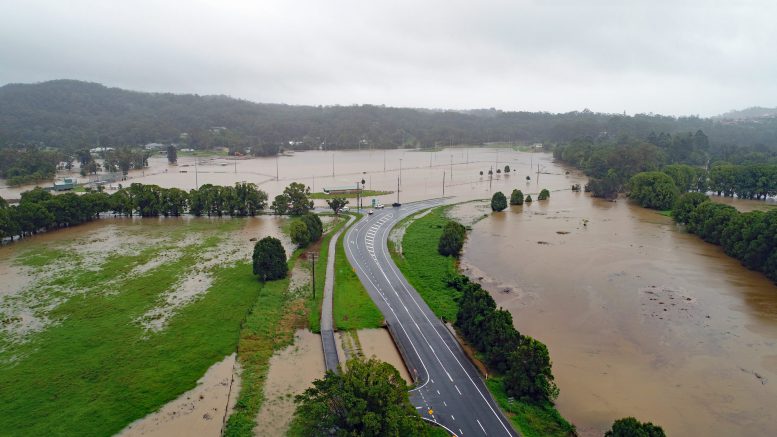Gold output in Australia fell 9% in the first quarter after tropical storms flooded mines and halted some operations, consultancy Surbiton Associates says in a new report.
Gold production dropped from 77 tonnes in the last quarter of 2023 to 70 tonnes in the first quarter of this year, Surbiton said on Sunday. Most of the affected mines from this year’s cyclone season are in Western Australia, Queensland and the Northern Territory.
Similar to hurricanes but with somewhat less destructive potential, cyclones tend to occur in the Southern Hemisphere.
“In late-December 2023, cyclone Jasper flooded parts of Queensland,” Surbiton director Sandra Close said “This was followed by cyclone Kirrily in late-January, Lincoln in mid-February and Megan in mid-March. In Western Australia, cyclone Lincoln returned, affecting gold production at the end of the quarter..
“In this quarter, some open pits were flooded and mining ceased. Also, at some underground mines, where the workings are accessed by decline from near the base of an existing open pit, it was impossible to haul ore to the treatment plants.”
While Close said gold production is affected almost every first quarter, this year’s storm season in Australia came amid record-high gold prices, with values starting to climb above historic highs of US$2,100 per oz. in March before touching a peak of US$2,230 on March 29.
Washed down production
More than 20 operating gold mines were affected by rain and flooding in the quarter, Surbiton said, pointing in particular to the Tropicana mine, about 600 km east of Perth, where 314 millimeters of rain fell in 72 hours in early March.
Tropicana, a 70-30 joint venture with AngloGold Ashanti (NYSE: AU) and Regis Resources (ASX: RRL) reported that its production was down by 59,000 oz. this quarter. Gold Fields’ (NYSE: GFI) St Ives, about 40 km east of Tropicana, was down by 40,500 oz. and Newmont’s (TSX: NGT; NYSE: NEM) Tanami mine in the Northern Territory reported a reduction of 46,000 ounces.
The excessive rain makes ore difficult to crush and stick to conveyor belts, disrupts deliveries of fuel oil and other goods, and knocks out power to some operations.
Closing the gaps
But Surbiton said most companies are maintaining their production forecasts for 2024 and expect to make up for their losses over the rest of the year.
“Investors should remember that the effect of rain, while serious, is just a short-term problem,” Close said. “Yes, there are additional costs in repairing haul roads and pumping water out of pits but the gold is still there and has not been washed away. Its production has simply been delayed.”
Not everything was a wash up Down Under, and some producers reported higher production in the quarter.
Newmont’s Cadia in New South Wales clocked 25,000 oz. of gold compared to the previous quarter, and Bellevue Gold (ASX: BGL) pumped out 22,000 more oz. at its namesake operation in Western Australia as the new mine ramps up to full capacity of about 200,000 oz. annually.


Be the first to comment on "Heavy storms wash out Australian gold production"